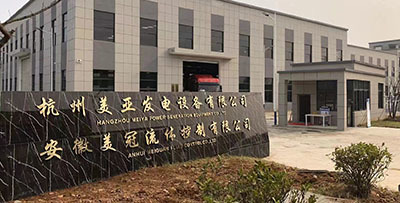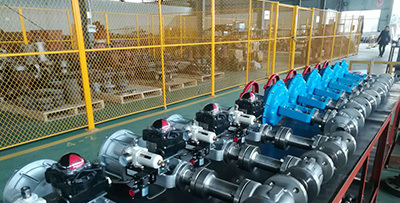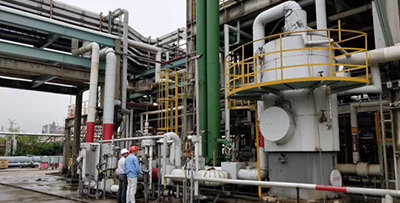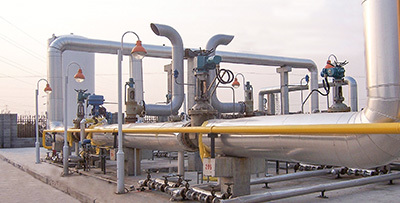
Contact Phone

Electronic E-mail
News Center
Hangzhou Meiya provides you with perfect industrial fluid control products and application solutions

What is a control valve?
Release time:
2021-12-22
In the automatic control of modern factories,control valvesplay a very important role, and the production of these factories depends on the correct allocation and control of the flowing medium. These controls, whether energy exchange, pressure reduction or simple vessel charging, require some final control elements to complete.
Control valves act as a variable resistance in the pipeline. They change the degree of turbulence of the process fluid, or in the case of laminar flow, provide a pressure drop, which is caused by changing the valve resistance or "friction." This pressure reduction process is commonly called "throttling." For gases, it is close to an isothermal adiabatic state, and the deviation depends on the degree of non-ideality of the gas (Joule-Thomson effect). In the case of liquids, the pressure is consumed by turbulent or viscous friction, both of which convert pressure into heat energy, causing a slight temperature increase.
The common control loop consists of three main parts. The first part is the sensitive element, usually a transmitter. It is a device that can be used to measure the adjusted process parameters, such as pressure, level or temperature. The output of the transmitter is sent to the regulator, which determines and measures the deviation between the setpoint or desired value of the process parameter and the actual value, and sends the correction signal to the final control element, the control valve, one by one. The valve changes the flow rate of the fluid, and the process parameter reaches the expected value.
Control valves belong to the control valve series. Their main function is to regulate parameters such as the pressure, flow rate, and temperature of the medium. They are the final control elements in the process loop.
Previous article
Next article
Related News
2025-01-23
2025-01-23














